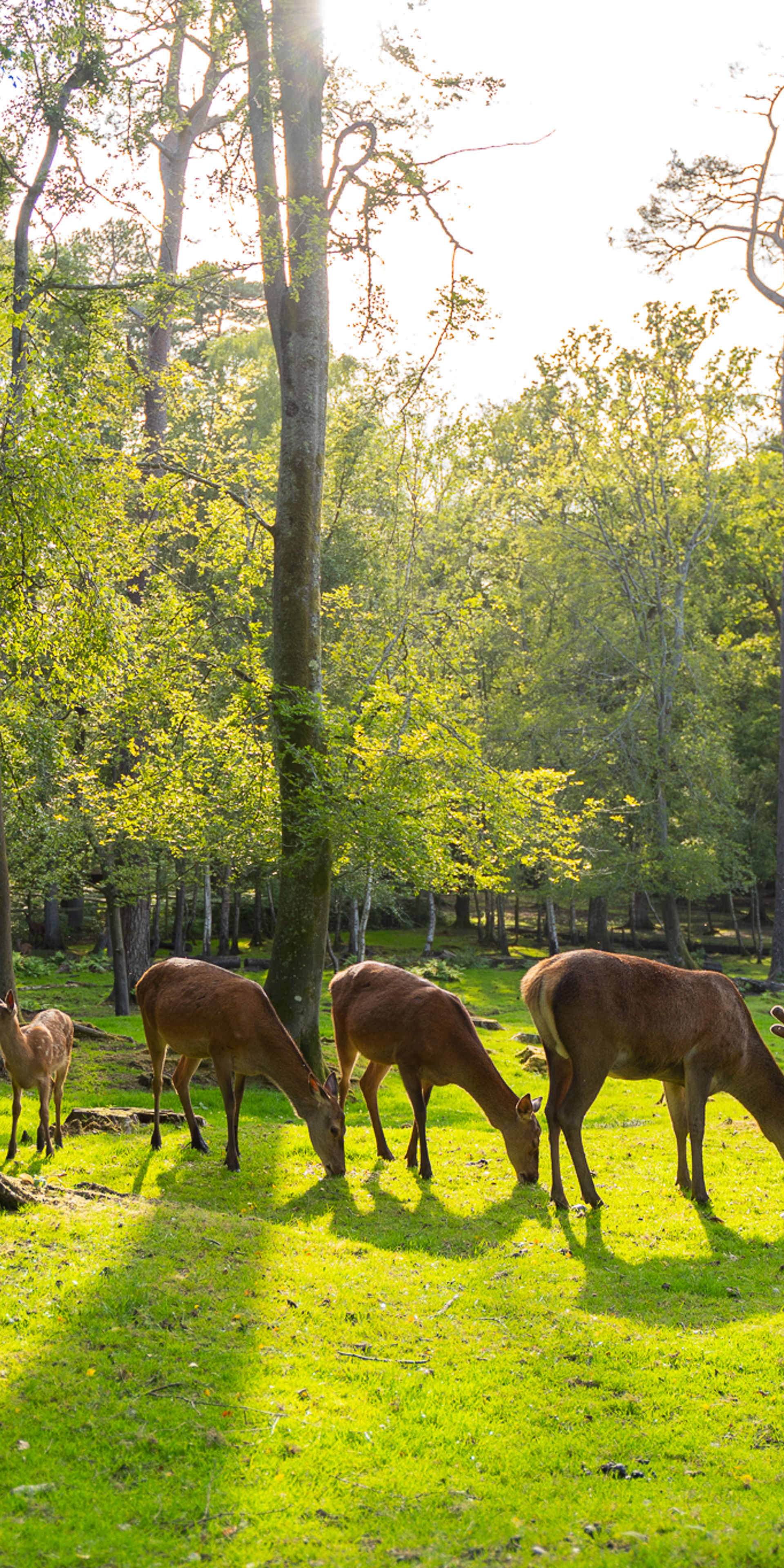Northern Lynx

General information
The Northern Lynx is one of a number of subspecies of Eurasian Lynx. They are the 3rd largest predator in Europe, after the Brown bear and Wolf. They were once found in the UK but unfortunately died out 1300 years ago due to habitat loss, fragmentation and poaching for their fur.
The Eurasian Lynx is the largest of the main four lynx species, with long legs, large paws and a short black tipped tail. During the winter their fur is thick and pale in colour, then as the summer approaches their fur thins and becomes a darker ginger to maintain camouflage. Lynx are skilled hunters that use stalking and ambushing to catch their prey, which can be game birds, rodents and small deer. This mainly solitary species will be most active during dusk and dawn but when food is scarce, they may hunt during daytime. Males and females will have overlapping territories where they will communicate through leaving scent marks.
Mating season falls between February and April each year, followed by a 70-day gestation period. On average a female will have 2 or 3 kittens in a litter but can have up to 6. These kittens are fully dependent on mum until the age of 10 months, when they will leave to find their own territory.

Latin name - Lynx lynx lynx
Class - Mammalia
Order - Carnivora
Family - Felidae
IUCN Status - Least concern
Habitat - Forest and woodlands
Distribution - North Eastern Europe (excluding Britain)
Average Lifespan
17 years in the wild. 20 to 25 in captivity
Threats
Habitat loss, poaching, fur trade and prey shortage.
Fun Fact
The Lynx have eyesight so strong that they can spot a mouse up to 250 ft away!
Our Residents
We currently have 2 Lynx, who are sisters called Tora and Inga. They were born at Highland Wildlife Park on 20th May 2018, joining us in November 2019. Tora is the more confident of the pair with Inga being the shyer one. The best time to see these elusive girls is at their feeding time!

Sign up to our newsletter
Join our mailing list in order to keep up to date with park news and special offers.





